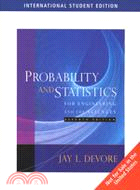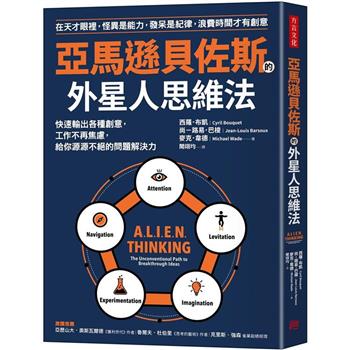圖書簡介1.There are many new and revised exercises and examples throughout the text. Many of these new exercises use real data.
2.Several exercises now refer to material covered in earlier sections and chapters, allowing students to more easily see the connections between concepts.
3.Wherever necessary, important topics have been reexamined to present material clearly and succinctly. This is especially true in the material covering probability properties and discrete and continuous random variables.
4.Each chapter includes a wealth of excellent exercises, both at the end of each section and in a section of supplementary exercises at the close of each chapter. Some exercises pose open-ended questions to encourage students to explore data; others ask students to recall material from several chapters, providing a cumulative review of key concepts.
5.Real data in exercises and examples stimulate student interest and enhance comprehension of complicated concepts.
6.Notable content: a strong emphasis on the role that variation plays in statistics, emphasis on the nature of variation in the slope estimate in simple linear regression, and inclusion of a detailed description of pooled t procedures to provide a better balance between unpooled and pooled analyses.
7.Simulation Experiments" help students gain an understanding of sampling distributions and the insight they provide, especially when a derivation is too complex to carry out.
8.Strong computer coverage, especially with ANOVA and regression, is supported by an abundance of computer output (from SAS and MINITAB) and coverage of computer methods. Inclusion of Java Applets from Gary McClelland's SEEING STATISTICS, specifically designed for this calculus-based text, allows students to experience statistics firsthand.
9.Virtually every example and exercise has a real world context. Real data in exercises and examples stimulate your interest and enhance your comprehension of concepts.












